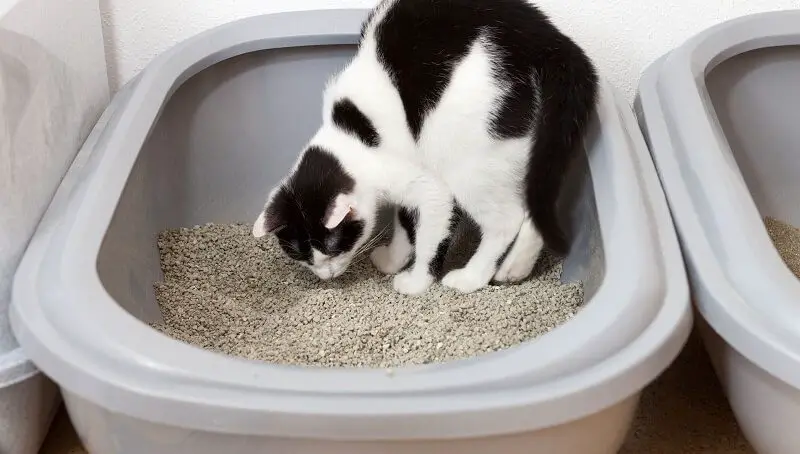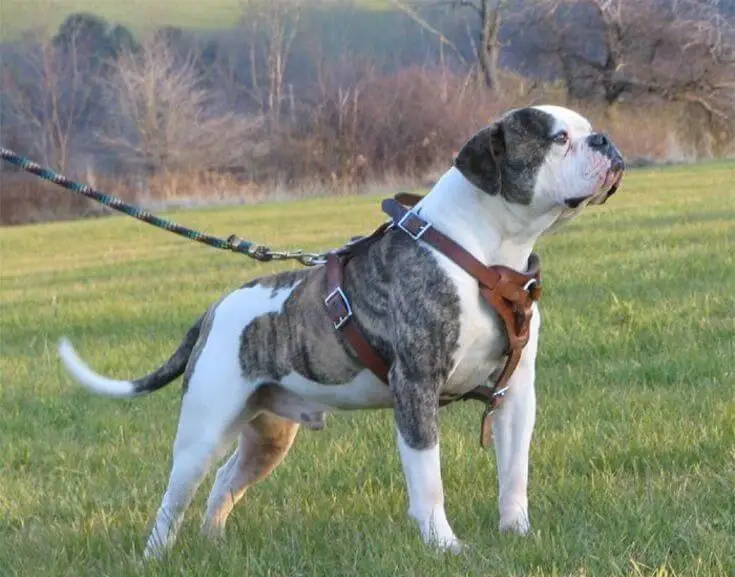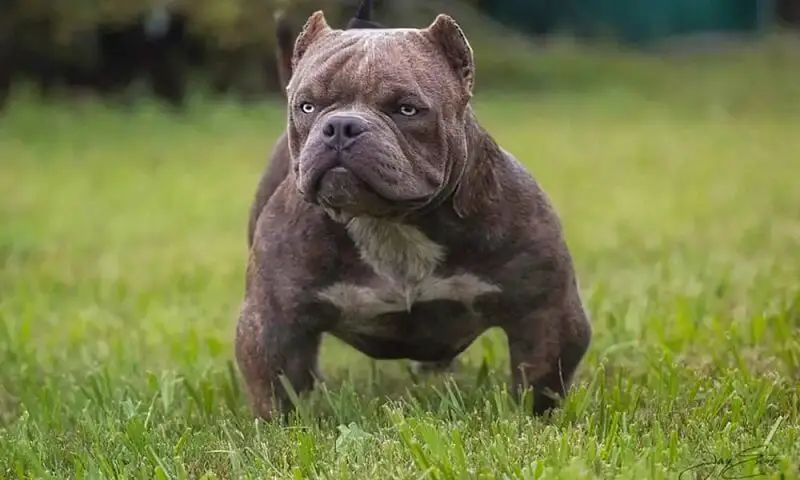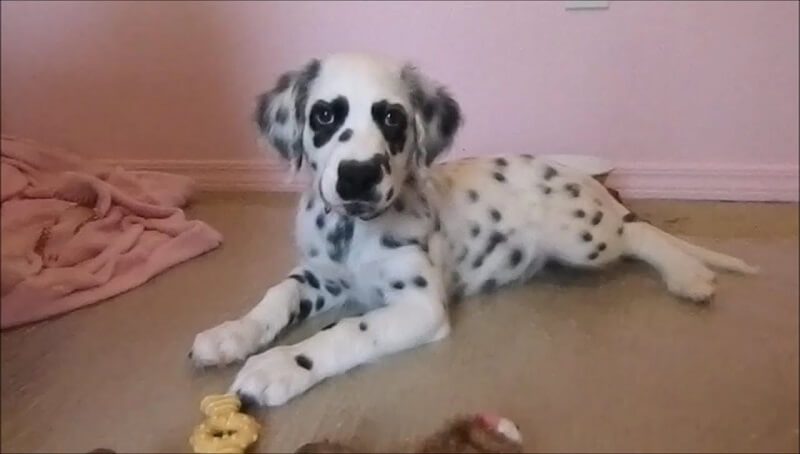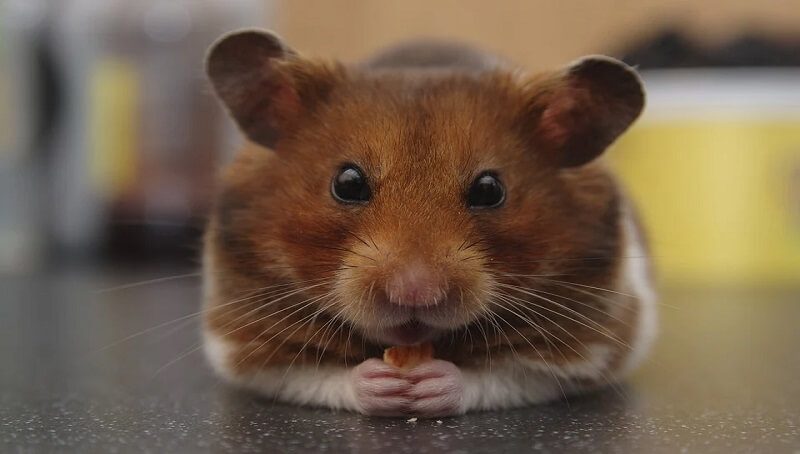If you have a kitten that is under three months old and eats sand from the litter tray, he might just be curious. Just like small children, they will take about anything to their mouths. So, a kitten that consumes litter sand is common, but adult cats don’t usually consume sand from a litter box unless they have a medical problem or a vitamin deficiency. In addition, cats that consume litter sand should be taken to the veterinarian emergently because the habit of consuming sand from the litter box is dangerous for the body. It can cause drowning or intestinal blockage.
Cats can eat sand, and other unwanted materials, for a number of reasons. This behavior is called pica syndrome, the consumption of non-food products.
Pica has a variety of causes. It can be caused by the abandonment of the mother cat, which can manifest in breastfeeding behavior. Cats with pica can target all types of materials like plastic, fabric, twine, paper, dirt, and even sand.
Some forms of pica can be relatively harmless or just annoying, such as licking plastic bags, but consuming non-food substances can cause intestinal blockages. It can also be a sign of a disease.
Why do cats eat sand?
You might also like my articles about:
If your cat or kitten eats sand, it can signal a health or behavior problem. If you suspect it is a health problem, you should take your cat immediately to the veterinarian, especially if the behavior occurs suddenly.
Some kittens may eat sand simply out of curiosity and will give up this behavior with careful monitoring.
Anemia
Eating sand could be a sign that your cat is sick, and especially anemia is a condition that has this symptom. Anemia occurs when red blood cells and hemoglobin are low.
Cat owners should check if the cat’s gums are pale, white, or bluish. Anemia may also indicate a deficiency in iron, trace minerals, vitamins, or essential fatty acids.
In addition, if your cat eats sand, it could also be a sign of leukemia, which causes anemia or kidney disease.
Your veterinarian will perform a standard exam, including a full blood test (CBC), and a urine test. The blood test will determine if the cat really has anemia, and urine analysis will reveal the concentration level of urine, as too diluted urine is an indication of kidney disease. If your cat has symptoms of blockage, your veterinarian will give her x-rays or an MRI.
Nutritional deficiencies
Your cat might eat sand if they don’t get enough nutrients from its food. Deficiencies of vitamin A, vitamin B1(thiamine), L-Carnitine, magnesium, pyruvate kinase, sodium, and/or taurine may also cause the habit of eating litter sand in cats. Clay-based sand contains minerals, which can compensate for the deficiency. Your veterinarian or a nutritionist veterinary may recommend additional food changes.
Renal diseases
As the cat ages, its kidneys become weaker and less efficient. This makes the kidneys work harder. About 30% of cats over the age of 7 have kidney disease. Some additional symptoms, in addition to consuming sand from the litter box, include vomiting, weakness, weight loss, and depression.
Feline leukemia
Your cat might consume litter sand if she has feline leukemia. This virus is the second leading cause of death in cats. Leukemia affects the spinal cord and blood production, which causes anemia and pica. One of the other signs of feline leukemia includes diarrhea, weight loss, pale gums, depression, and fever.
Curious kitten
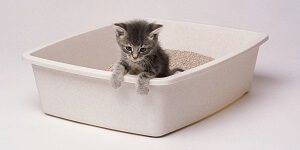 Kittens can eat sand out of curiosity, so it is recommended not to use sand that forms balls until they are older. Ingesting sand can cause intestinal blockage. Make sure you use non-toxic sand and monitor when she’s using the litter. Remove the kitten from the litter box if you see her eating the sand, but make sure the kitten has completed its first activity first.
Kittens can eat sand out of curiosity, so it is recommended not to use sand that forms balls until they are older. Ingesting sand can cause intestinal blockage. Make sure you use non-toxic sand and monitor when she’s using the litter. Remove the kitten from the litter box if you see her eating the sand, but make sure the kitten has completed its first activity first.
Adult cats can also taste the sand if their diet has been recently changed, for example, to one based on wheat or corn.
How to stop your cat from eating sand from the litter tray?
Once your cat has passed all the health tests, you can focus on redirecting her behavior to eat the sand. Of course, there are many types of litter sand:
- Based on clay, which gathers, and can be fragrant or unscented;
- Based on corn;
- Based on wheat;
- Paper-based.
If your cat eats one type, try to change it to another.
Your cat might be bored. If you see her eating sand, redirect her behavior with play. Throw her a ball or toy mouse, or lure her away from the litter box with a stick toy.
Re-evaluate your cat’s diet. Maybe you should improve the diet you offer, especially if it is dry food from the supermarket. There are many high-quality food options and more nutritionally complete ones.
Encourage your cat’s natural predator behavior. In addition to playing time, look for food toys that encourage natural feeding behavior. There are several ways to make them yourself using ordinary household items, as well as various models available in pet stores. Puzzle toys are fun ways for your cat to work in order to get her food, distracting her from unwanted behavior.
Try to give your cat a bowl of wheat for cats. Again, this is a distraction from the litter box and gives your cat something else to chew. And don’t forget about the best distraction for cats, catnip. You can grow your own grass and give it to your cat fresh, or buy toys filled with catnip.
